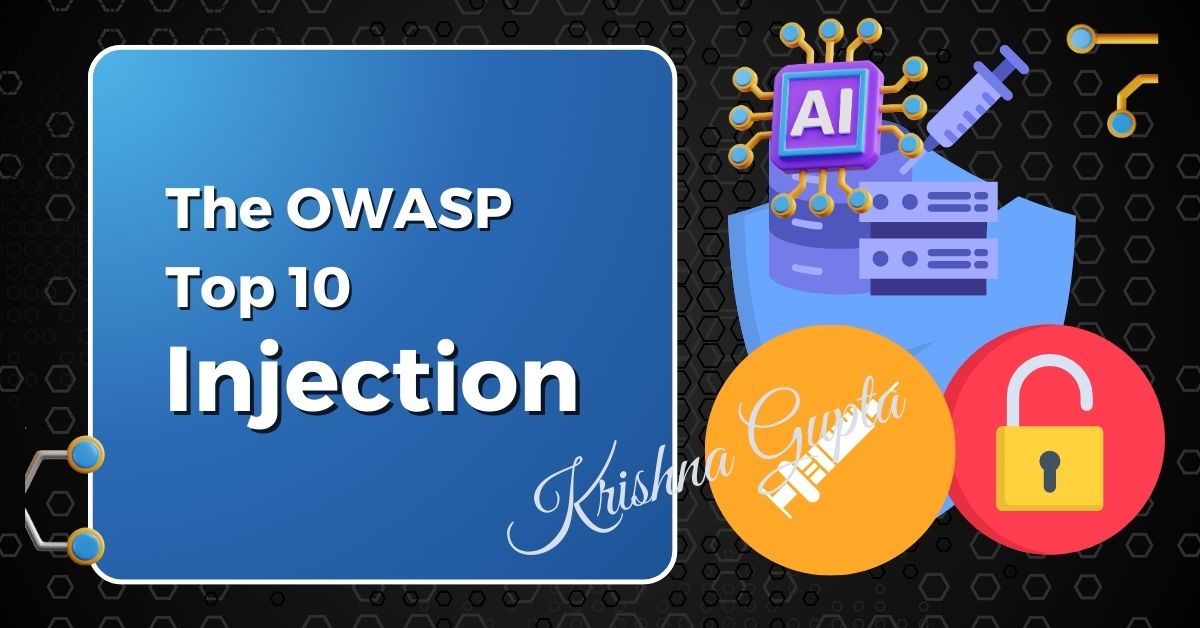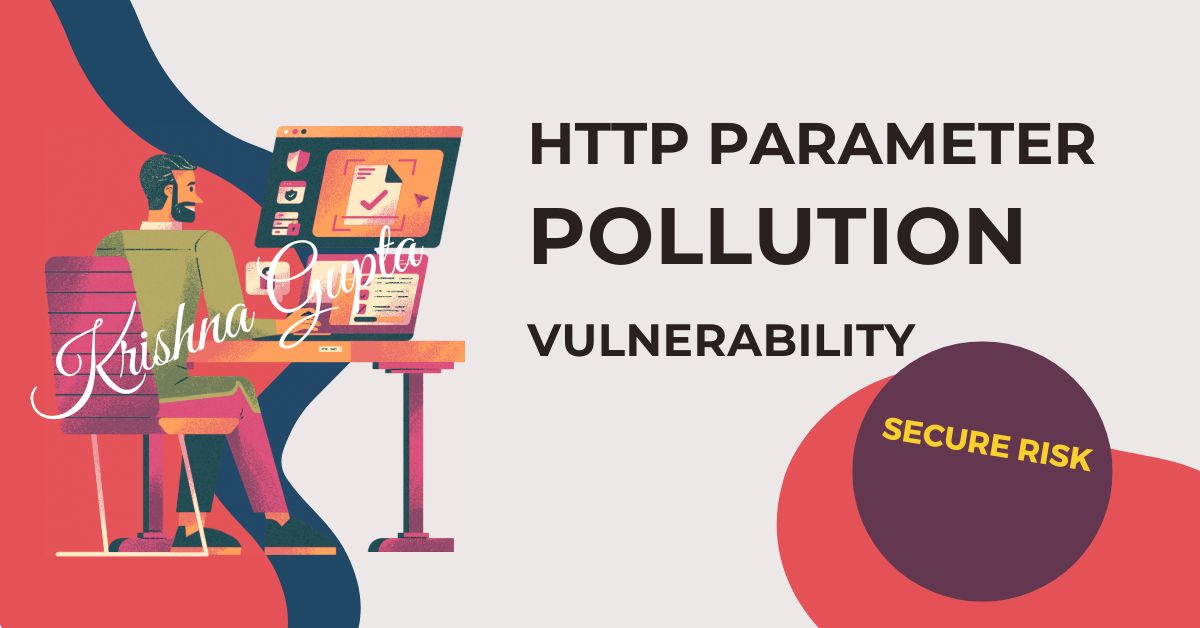CWE-113: HTTP Response Splitting – A Comprehensive Guide for Penetration Testers
HTTP Response Splitting is a web application vulnerability that occurs when an attacker is able to manipulate HTTP headers to split the response sent to the client. This manipulation exploits the way headers are processed by web servers and browsers, allowing attackers to inject malicious content into the response stream. The result can be a range of attacks, from cross-site scripting (XSS) to cache poisoning and web cache poisoning, all of which can disrupt business operations, damage brand reputation, and compromise sensitive data.


